This blog conversation explores the relationship between religious freedom and political systems. Respondents discuss how citizens and governments benefit from robust religious freedom or, alternatively, suffer under religious restrictions. Additionally, they explore the unique contours of state-church relations, particularly in the United States.
By: Karrie Koesel
A recent report by the Pew Research Center’s Religion & Public Life Project suggests that the prospects for religious freedom around the globe are taking a turn for the worse. Not only has there been an increase in government restrictions on religious beliefs and practices, but there has also been a sharp rise in social hostilities directed toward religious individuals and organizations by non-state actors.
At the same time, a number of political scientists have also noted the proliferation of countries around the globe that are straddling democracy and dictatorship. (See works byLevitsky and Way [2010] and Hadenius and Teorell [2007]). These political regimes have been called a number of different names, from competitive and multi-party autocracies to illiberal and pseudo-democracies. Regardless of their label, hybrid political systems typically combine democratic institutions with authoritarian practices. They hold regular elections, though not usually on an even political playing field. Regime leaders allow some space for the media, civil society groups, and political opposition to operate, but these groups are often kept on a short leash and controlled.
What is the nature of religious-state relations in countries that that are neither classically democratic nor conventionally authoritarian? More importantly, what are the prospects for religious freedom in regimes with competing identities and contradictory political institutions?
A quick look at the Pew’s Restrictions on Religion Indexes reveals that hybrid regimes make up some of the most and least restrictive countries across the globe. (Regime types are classified using the Authoritarian Regimes Dataset, compiled by Professors Hadenius, Teorell and Wahman. A hybrid regime is classified as those coded as multi-party authoritarian; dictatorship includes all other types of authoritarian regimes, including monarchies, military, and one-party authoritarian regimes.)
As the graph above shows, between democracy and dictatorship there is considerable diversity in how governments regulate religion. Some hybrid regimes such as Guatemala, Burundi, and Papa New Guinea have taken a laissez-faire approach with minimal government restrictions on religion and resemble full-fledged democracies like New Zealand and Brazil. In other hybrid regimes, including Russia, Tunisia, and the Maldives, government restrictions on religion are on par with some of the most repressive authoritarian regimes around, such as Saudi Arabia and China.
Social hostilities toward religion are equally as wide-ranging in countries that fall between democracy and dictatorship.
Hybrid regimes, such as Sri Lanka, Bangladesh, and Nigeria are home to some of the highest reported acts of religious hostility from private individuals, organizations, and societal groups, whereas Singapore, Rwanda, and Bhutan represent some of the lowest. Such diversity is arresting and gives rise to a number of questions.
What, if any, is the political role of religion in such mixed systems? Are religious groups puppets of those in power used to foster greater legitimacy and prop up regime leaders and their allies? Alternatively, are religious groups aligning with opposition movements to promote greater freedoms and political change? Or, are religious groups’ interests and activities as ambiguous as the hybrid regimes in which they operate? In other words, do religious groups reflect the messy reality that characterizes many hybrid political systems? These questions demand further investigation.
As the Religious Freedom Project sets out looking for answers, one thing is certain: the fact that mixed political ecologies are on the rise and that they dramatically vary in their approach religion, suggests that the political underpinning of religious freedom are growing increasingly more multi-faceted.
Karrie J. Koesel is an associate professor of Political Science at the University of Notre Dame and an associate scholar with the Berkley Center’s Religious Freedom Project, specializing in contemporary Chinese and Russian politics, authoritarianism, and religion and politics.
This piece was originally authored on June 23, 2014 for the Religious Freedom Project at Georgetown’s Berkley Center for Religion, Peace, and World Affairs.
THE RFI BLOG
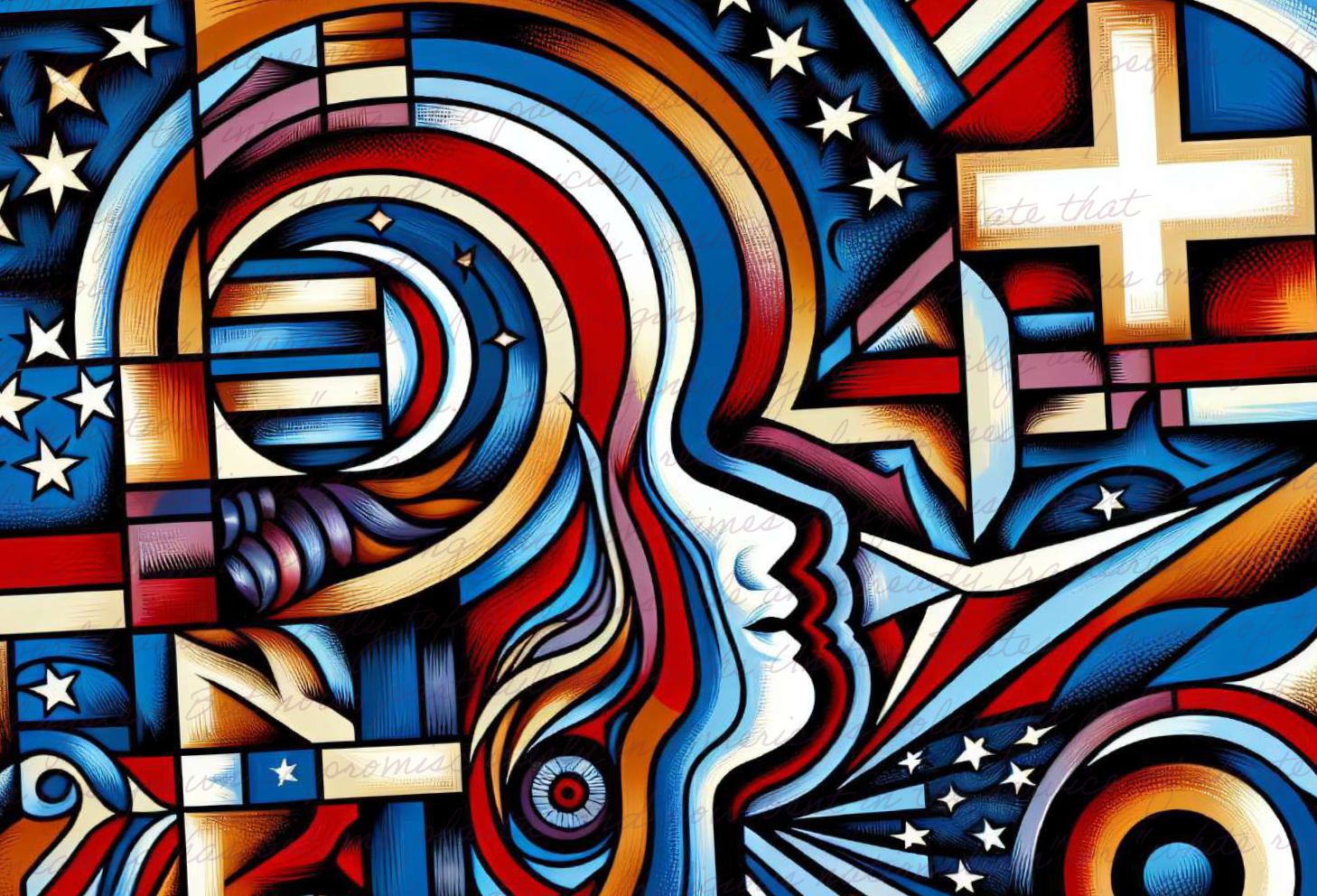
Myths of Religious Nationalism in America and Abroad
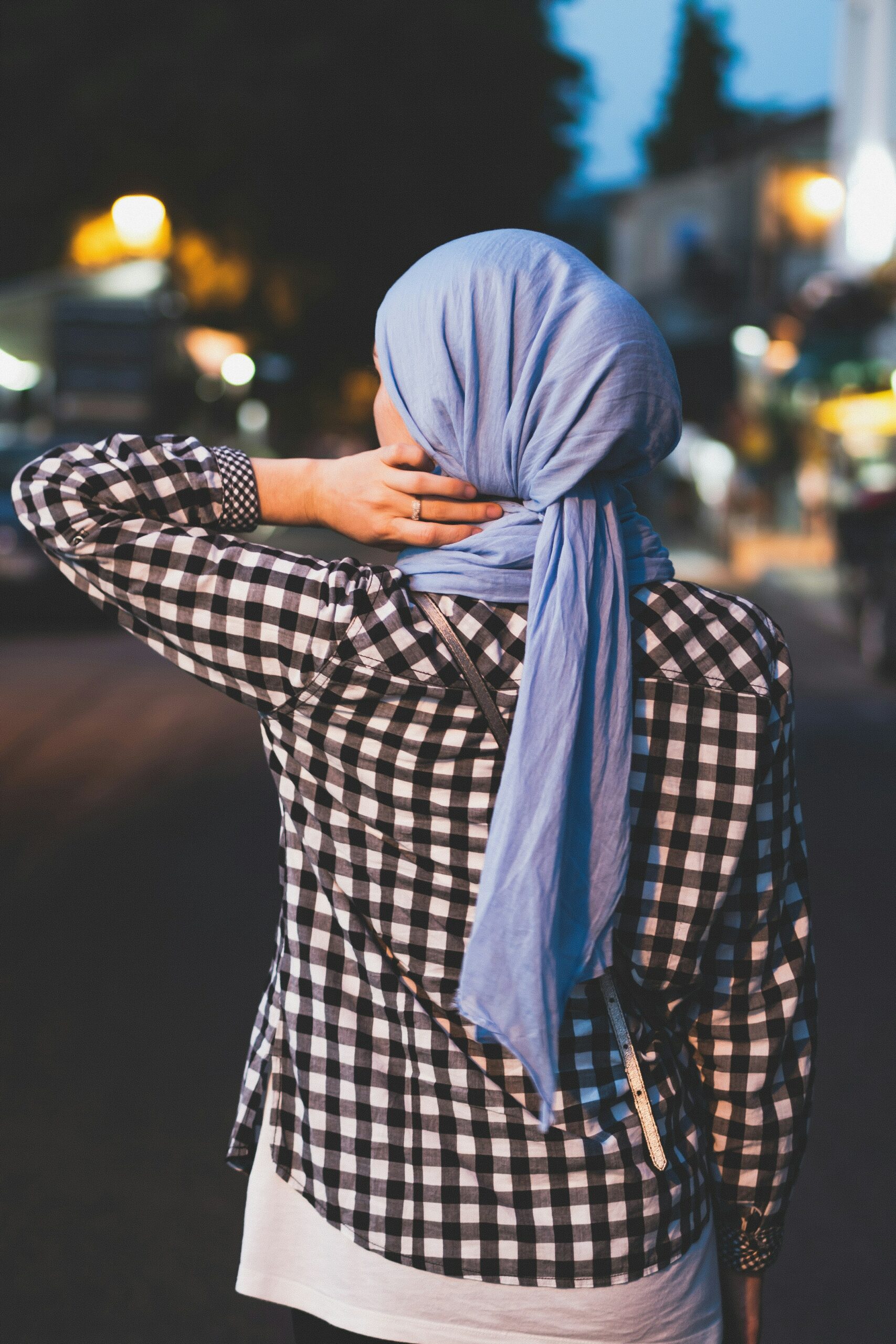
France’s Olympic Hijab Ban Violates International Law And Exacerbates Tensions
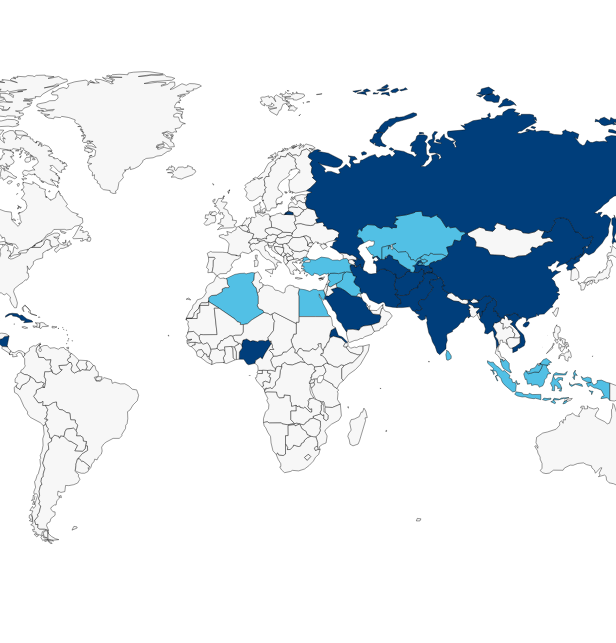
RFI Briefs USCIRF on Lessons from 25 Years of U.S. Designating Religious Freedom Violators
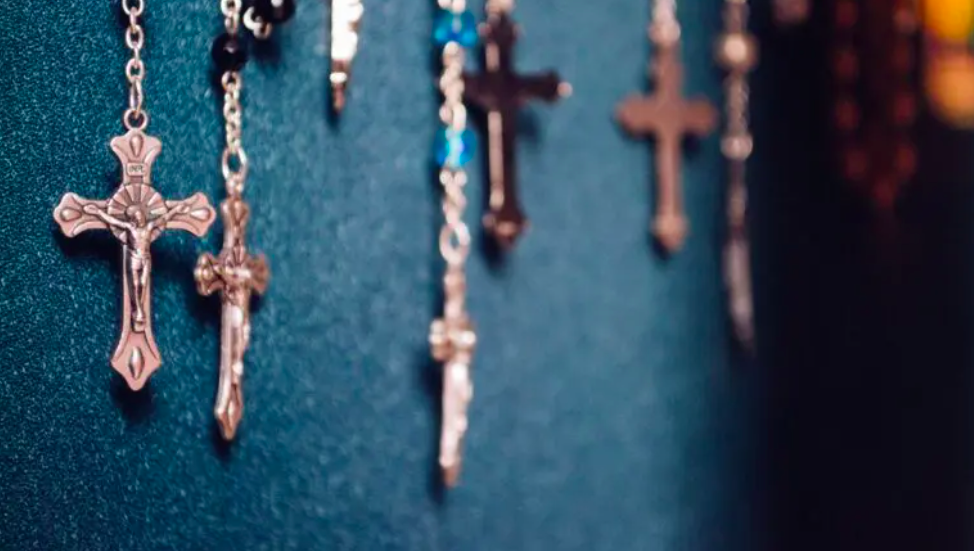
Thought Police: Protecting the People from Prayer
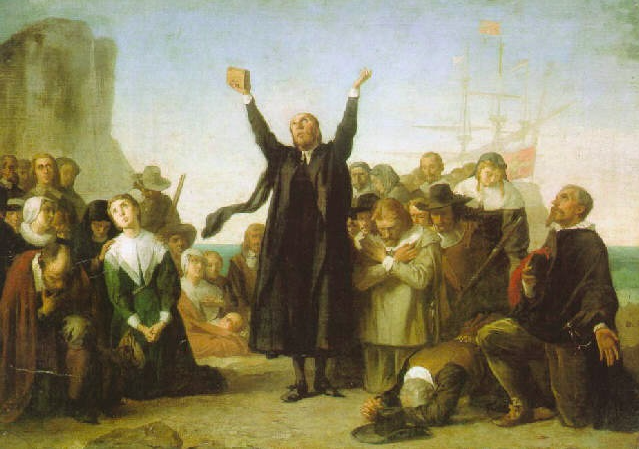
A Religious “Delaware”: Establishing a State Haven for Religious Corporations
CORNERSTONE FORUM

Challenges to Religious Freedom in Iraq and the Critical Need for Action

Public Bioethics & the Failure of Expressive Individualism

Religious Liberty in American Higher Education

Scotland’s Kate Forbes and the March of Secularism




